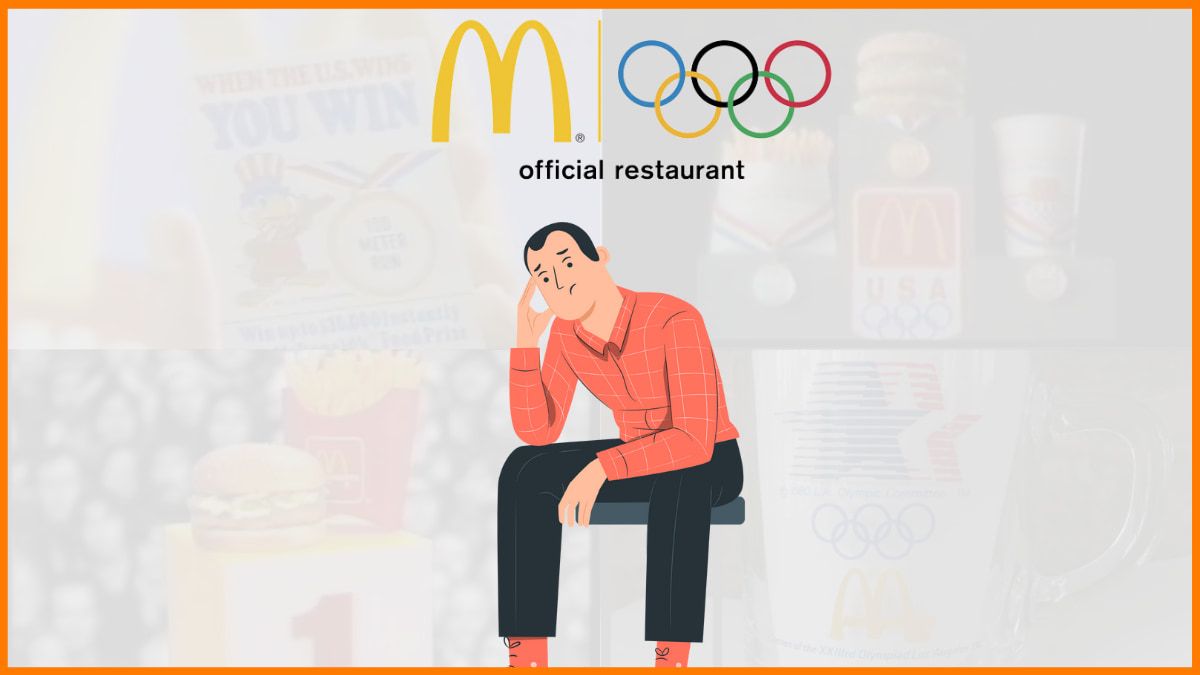
Every company exists for the sole purpose, for instance, expect reward for the service in terms of monetary or recognition in the eyes of the public. Marketing is another way to secure more people and to get to know more about your business. But focusing on SEO, CTAs or brand awareness won’t bring a heyday to your business. Here, Halo Effect really makes a great impact on your marketing.
Brainwashing plays a crucial role in the Halo effect, as it is an effortless method to create fame overnight, whither? customers speak off good things, only if they have any positive experience. On the other hand, also defile your company, when some things went wrong likewise negative experience with the brand products.
Pertinently, Halo Effect in Marketing is creating good terms regarding your services by engendering favouritism thoughts on customer’s minds.
How Does the Halo Effect apply to Marketing?
Pros and Cons of Halo Effect in marketing:
Examples of Halo Effect in Marketing
FAQ
How Does the Halo Effect apply to Marketing?
The Halo effect in marketing generates brand awareness, loyalty towards customers and brand strength at providing the best services.
Brand strength
The halo effect in marketing aids brands' strength by establishing positive reviews or experiences on your products.
Brand strength consists of to begin with Brand perception: The company should provide the best quality products to your customers, in order to gain their interest to purchase again in your company. Rather than spending tons of money in marketing, try to manufacture quality products to gain the trust of your customers.
Moreover, the halo effect in marketing shows themselves as leaders in their industries by upgrading the product line of their company to compete against competitors.
Brand awareness
The company earns profit or reputation by rendering some services, and that services should be witnessed widely among your targeted customers. For instance, when you are frigging thirsty, the first product that will definitely strike your mind is Coke, right?. Ergo, the halo effect in marketing applies, when you are out with your friends and you are in a flummox to find a food restaurant, then one of your friends says ‘McDonald’s is the best’.
Brand loyalty
When the company recognised loyalty from the customers, then there is no going back. While gaining Brand Loyalty is quite demanding. Enhancing brand loyalty highly depends on the engagement of manufacturing quality products according to the interest of your customers and customers feedback or quick response.
The halo effect creates brand loyalty by implanting favouritism on customers’ opinions, as this will help the customers to make a repeated purchase on your company.

Pros and Cons of Halo Effect in Marketing
Ever wondered how one thing can be both beneficial and harmful? Our electronic gadgets, inventions and developments, etc. Likewise, the Halo effect in marketing has its own two sides of a coin: Pros and Cons.
Pros of Halo Effect in Marketing:
The Halo Effect is a kind of unpaid marketing technique that creates brand loyalty among its customers and thus helps the brands to retain their customers.
Once a brand gains the trust of its consumers in terms of quality the price is insignificant to the consumers which helps many brands earn more profits.
The brand’s new releases and even new ventures in other industries gain from the halo effect as people believe the products from the brand are worth their money and the quality is the same as the other product.
The brand gains more customers through word of mouth and is differentiated from others and the halo effect also increases the brand’s equity.
Cons of Halo Effect in Marketing
The Halo effect is difficult to maintain as a product can be a success or a failure. Uncertainty is a factor that is constantly present when a new product is launched in the market.
A negative experience of a product can do the reverse of the halo effect and damage a brand image and create an obstacle in the minds of its customers while purchasing other products from the brand. This is known as the Horn effect.

Examples of Halo Effect in Marketing
The Halo Effect in marketing works in two ways- Positive effect or negative effect.
For instance, Coca Cola gained recognition in the 80s standing as the best soft-drinks of the era. But at the same time, Coca Cola witnessed its bad side, when the controversy about the tinge of cocaine in it caused degradation to the brand and was even banned in North Korea and Cuba.
Therefore, the Halo effect in marketing applies by imputing positive reviews or experience of your brand by accelerating awareness, loyalty and brand equity.
Another great example of the Halo effect in marketing is: After the release of Apple iPods, it was speculated that there would be an increase in the sales of MacBook laptops.
The success of iPods paved the way for this speculation to be true. In this case, the success and favouritism of the iPod by the consumers created a halo on the MacBook and other Apple products.
Conclusion
How many times have we bought other products from the same brand just because one product was good, like just because the paste is good in cleaning our teeth, why do we also tend to buy the toothbrush from the same brand even though the bristles are rough on our teeth and gums? Oh, I know it now: THE HALO EFFECT.
The halo effect has been a major factor for brands and companies to make profits as the halo effect in marketing increases the visibility, reputation and equity of a company which is key to the success of any business.
FAQ
What is the Halo Effect in marketing?
The Halo effect in marketing is a concept in which a person tends to favour other products from a manufacturer after experiencing positive feedback from another product from the same manufacturer.
How does the Halo effect work?
The Halo effect in marketing is seen when a brand captures the favour of the consumer market by creating a product that gives a positive experience to its customers which in turn leads the consumer to trust the brand without proper reasoning and favour the brand’s other products as well.
What are the examples of the Halo effect in marketing?
One example of the Halo effect in marketing is: After the release of iPods, it was speculated that there would be an increase in the sales of MacBook laptops. The success of iPods paved the way for this speculation to be true. In this case, the success and favouritism of the iPod by the consumers created a halo on the MacBook and other Apple products.
Author: Abinaya Arangarajan
Source : https://startuptalky.com/halo-effect-in-marketing-explained/
Date : 2021-09-05T10:30:00.000Z

